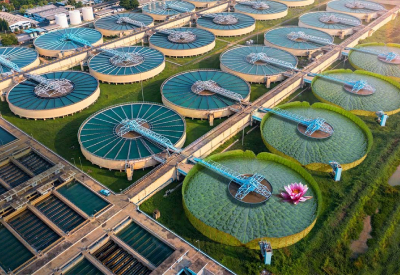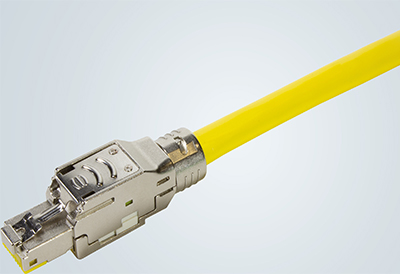HARTING: Industrial Connectivity Made Possible
December 4, 2024
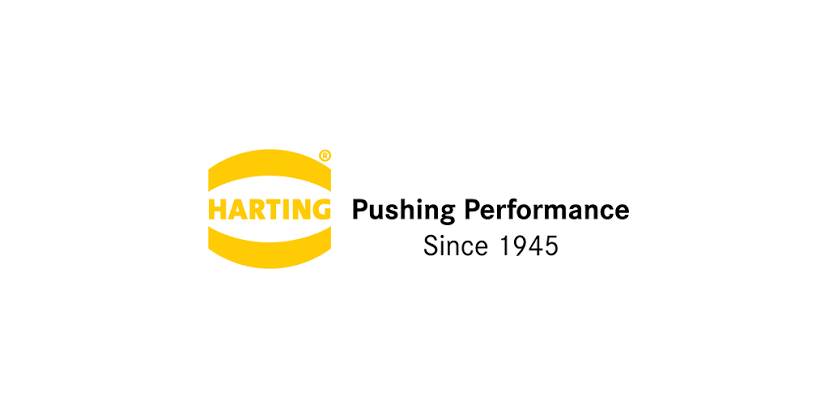
By Krystie Johnston
Proven connectivity solutions are necessary for multiple industrial environments and mission critical applications. HARTING has set the gold standard in connectivity by delivering these solutions and pushing performance since 1945.
The connectors that join industrial technology to data and power are particularly important. They ensure that communication and energy flow smoothly between equipment and networks. They also play a critical role in achieving the promises of the Industrial Internet of Things (IIoT) and benefit from the efficiency, productivity, and transparency it provides. Edmund Garstkiewicz, Senior Industry Segment Manager for Automation and Robotics at HARTING shares his knowledge of industrial connections and their technological innovations.
HARTING is one of the largest manufacturers of industrial connection technologies in the world. They offer a comprehensive portfolio of connectors that are robust, easy to use, and applicable across a variety of industrial sectors. Garstkiewicz says that there are many kinds of connectors. “I would say within HARTING itself; we have tens of thousands of different SKUs for different connectors. And we are just one connector company. We make a lot of products, but we do not make everything. I could not even imagine how many different types of connectors there actually are.”
With so many options available, selecting the right one for an industrial application can be challenging. Garstkiewicz starts by understanding the function of the end application or device. For example, he points out that the connector needed for an autonomous mobile robot (AMR) will be different from the connector needed for a drone. “I always say, ‘You are not designing a product around the connector. The connector is supporting what the product needs.’ When someone is designing a product, sometimes the connector is one of the last pieces to be selected.” It is then up to experts in connection technology like Garstkiewicz to find a connector that will make that object work.
Attributes like weight, size, and function all contribute to which connector is selected. Garstkiewicz says that when he collaborates with a customer to select an industrial connector, he considers multiple factors to make sure it works the way they need it to. “There is this X-sized object, and I need to power up things in this device. I need to communicate with this device. What data rates do I need for optimal performance and communication with the device? How many channels of communication do I need?”
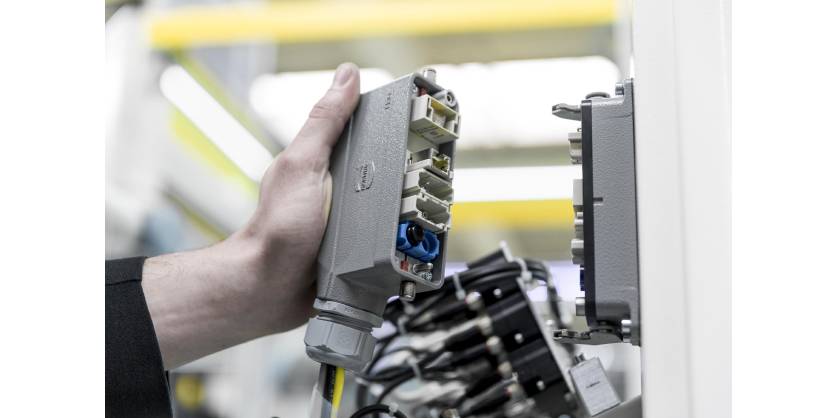
Garstkiewicz and his team understand that their customers’ knowledge in this area varies. So, HARTING makes it as easy as possible for their customers to select a connector that will fit their application or can offer their expertise to help them find the solution. “We offer digital tools, configurators, and things of that nature, for someone who has familiarity with what they think they need, and just need to get a final part number. Or we offer in-person support or e-chats, where we have a team of field application engineers that can walk through any level of that journey with them to make it easier for someone to pick out a connector.”
HARTING can even offer customization within the connector using standard stocked SKUs. “Our Han-Modular series would be an example of that. We have a lot of different options. It is like picking up pieces of Lego to build a custom connection using all the different options. Customization is especially important to many industries – and to be able to support customization is particularly important for us as an industrial connection manufacturer.” If the customer needs something that does not exist on the market, HARTING can help them develop it.
Technology is evolving at a rapid pace, and Garstkiewicz says he sees HARTING improve their connection technologies every year to keep up with these opportunities. For example, at IMTS this year, they showcased their advanced plug-and-play connectivity products. “Every year we are producing more and more modules and products, such as higher density Ethernet connections, or modules that support Single Pair Ethernet, or different power configurations.” He adds, “We have another product family called our ‘har-Modular product family,’ and this takes that modular concept, but on a board-to-board level.”
Modularization, customization, and flexibility are some of the innovations HARTING focuses on. Over the years, Garstkiewicz has seen their connection technology evolve in size, increase in pin density, improved modularity that enhances the sum of each individual component, and the addition of intelligence that increases overall functionality. “Connectors are just one small part of it, but all our devices – computers, cell phones, and the products that are used on the manufacturing floor – are getting smaller. And lighter. We can do more in the same or smaller footprint. That is really a driver.”
Artificial intelligence (AI) is another driver that is impacting connection technologies because it increases the amount of data transmitted to and from the factory floor as well as consumes more power. “Connectors need to work together with AI. We know that AI is extremely important now, and it is going to become more important in the future. AI on the factory floor means more data processing. You can imagine that there is a lot of information that needs to travel, so, the connector needs to be able to support that increase of information on a factory floor level. This translates to higher data rates and more security on the data transferred.”
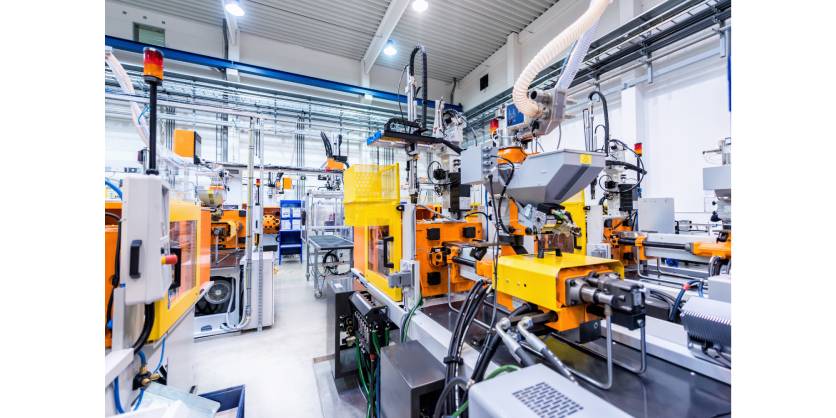
Connectors already support the backbone of AI on the factory floor – the reliable transmission of data collected from devices, such as shock, vibration, temperature, and current, to help operators make better decisions. “The connector is part of that link that helps that data flow, and it is an important part of that link because, if you are not getting that information in as close to real-time as possible, that could impact your ability to take the appropriate action,” says Garstkiewicz.
As that data is fed into AI models the volume of energy and communication that flows through devices and networks in the IIoT environment will also increase.
AI is also being used in the design process. HARTING has collaborated with Microsoft and Siemens to prototype an AI-enabled platform that helps manufacturers design connectors more efficiently, saving time and resources. By entering a few criteria and specifications for the functionality, their new AI platform will generate a recommended existing HARTING connector and a completely new, highest density prototype that can be explored with HARTING’s product development team.
Efficient connectors that support more power and higher data demands – while taking up less space using as little material as possible – are the future of manufacturing and other critical industries around the world. Garstkiewicz says that people choose HARTING because they are a proven company, a forward-looking technology company with a history of industrial reliability. “We are certainly known for the reliability and robustness of our products. When you buy a HARTING product, you have a level of confidence that your product is going to function and work. Our focus is to continue to innovate and provide solutions for some of these next-generation opportunities.”
More Information
Interested in learning more about HARTING’s connection solutions? Visit their website today.


